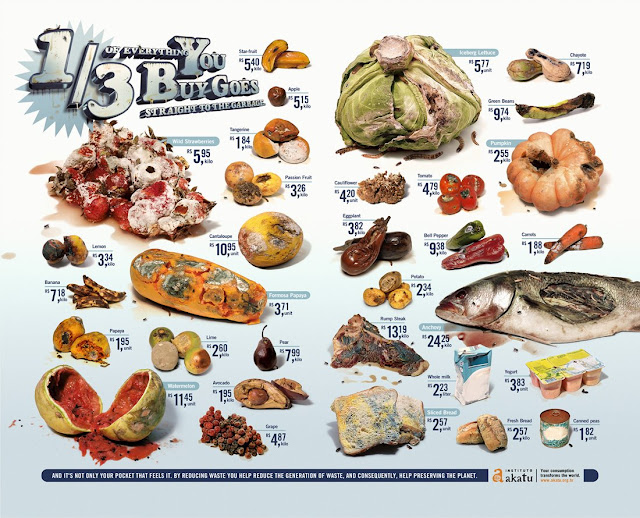Green Superstars
January 2014
Environmental Studies Alumni / Past ED Chairs
Heidi Helgerson (Class of 2011)
&
Nate Mayard (Class of 2012)
If you're an upperclassman, you'll probably remember Heidi and Nate from their days as Soka students. Both were leaders not only in Environmental Department but also in the campus community as a whole. Those who know them can confirm that you couldn't miss Heidi's smile or Nate's impressive height around campus.
Both were kind enough to share a few words about what they've been up to since their graduations. Whether you've had the chance to meet them or not (and even whether you're ES or not!), I hope their words will encourage you in your studies and get you excited about life after Soka!
 |
| THEN... (Coastal Cleanup Fall 2010) |
...And NOW:
Heidi says:
I am attending graduate school at the Corcoran College of Art + Design for a masters in Exhibition Design. Exhibition design is the process of communicating ideas through the built environment. Our objective is to create three-dimensional stories that engage and inspire audiences.
This spring I will be a Design Intern at sweetgreen. sweetgreen is a restaurant, community educator, and festival coordinator that serves and supports local organic farming. I will be working on the design of the sweetlife festival, which is an annual celebration of music, wholesome food, and thoughtful living. They call it "a party with a purpose."
My current field of study is not directly related to my capstone topic. I realized soon after graduation that I did not want to pursue a career in environmental policy but I still wanted to incorporate sustainability into my career path. I took time to reflect on my passions and skills, which ultimately led me to exhibition design. In this field I am able to exercise my passion for sustainable design, creative design, and community engagement. I advise you to do the same: take time to reflect on your studies at Soka, your passions, and skills. Your path may not be the obvious one, so give yourself room for growth and change. Also, get in touch with the Sohokai Alumni Leaders if you have any questions, want connections, or need advice. There is a world of experience out there and I’m sure they would be glad to help.
Nate says:
Currently I am one semester away from graduating with a Masters in International Environmental Policy with a concentration in Ocean and Coastal Management from the Monterey Institute of International Studies, or as we call it IEP OCRM MIIS! While at MIIS I have focused on natural resource economics in marine protected areas. Or in normal folk terms the dollar value of a fish (and other ocean stuff). Not just how much you pay for it, but the dollar value it contributes to the environment, and even the dollar value you subconsciously place on their existence.. To that end, I have researched private marine parks and recreation in the coasts. Internationally, I worked in Hong Kong over the summer with Ocean Recovery Alliance to develop a program that crowd-sources plastic pollution, as well as provide recommendations for businesses. For now looking towards graduation, I intend to look for work related to my experiences at MIIS in the New York area. Which is the same advice I have for all of you! Start now and secure your next steps after Soka, the future is already here. You will never regret starting early. Use that Capstone to your advantage. Most undergrads do not write theses, use this to your gain. Good luck with all your work and I look forward to hearing about all of Soka's exciting environmental improvements!

Hopefully we'll all have as many cool experieces to brag about after each of us graduate. More importantly, some of us will hopefully be willing to bring back advice and encouragement for the new student body!
-
Current students: What is one thing you would like to accomplish before leaving Soka? What is one thing you'd like to accomplish after leaving Soka, and what is one step you can take towards making it happen?
-
If you know someone who deserves recognition as a GREEN SUPERSTAR in the coming months, please message us below, on Facebook, or at SSU_EnvironmentalDepartment@soka.edu .










